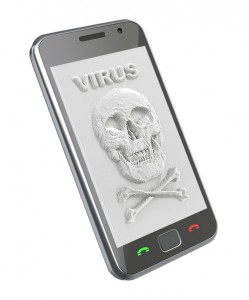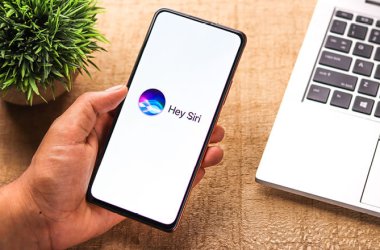 The cost-saving culture of bring-your-own-device smartphones is tempting enterprises into taking risks they would not contemplate for conventional computing devices, a survey by Goode Intelligence has suggested.
The cost-saving culture of bring-your-own-device smartphones is tempting enterprises into taking risks they would not contemplate for conventional computing devices, a survey by Goode Intelligence has suggested.
The Third mSecurity Survey confirmed that Apple’s iPhone is currently the dominant device, present in 77 percent of in the surveyed businesses, ahead of BlackBerry on 70 percent and the rapidly rising Android on 65 percent.
When asked whether their organisation allowed BYOD smartphone use, 71 percent said they did with 47 percent agreeing that company data was being stored on these devices.
Many of these smartphones were not being managed as secure devices, with fewer than one in five adding anti-malware and only half employing data encryption.
Perhaps not coincidentally, mobile malware incidents rose in 2011 with 24 percent reporting evidence of infection, up from nine percent in 2010 and 7 percent in 2009.
“The past three years have been extraordinary for mobile and there are no signs of this abating. Smartphones and tablet computers are having a transformational effect on the way that an organisation does business and manages information,” said survey author, Alan Goode.
“There is a big question over whether information security professionals can keep up with the pace of change currently seen with smart mobile devices (SMD) and can manage the risks associated with them,” he added.
Against this striking incident statistic has to be set the size and scope of Goode’s survey, which questioned only 130 IT professionals from a range of countries. Although (as the company points out) these figures are taken from real enterprises rather than being based on malware discovered by a secity company, it would be a stretch to infer similar incident levels in UK companies.
The report also supplied no data on incident rates on different platforms nor which threats had been encountered.
As with malware generally to some extent, mobile malware is extremely regional which reflects the culture of businesses in different countries and the way mobile applications are offered. The Far East and Russia have had problems with rogue Android apps being used for premium rate tariff fraud, a phenomenon that has not struck on any scale in Western countries – yet.
It is also difficult to infer is that BYOD itself is fuelling a rise in mobile malware although the relatively unprotected nature of many of the devices uncovered by Goode would tend to suggest some connection.





